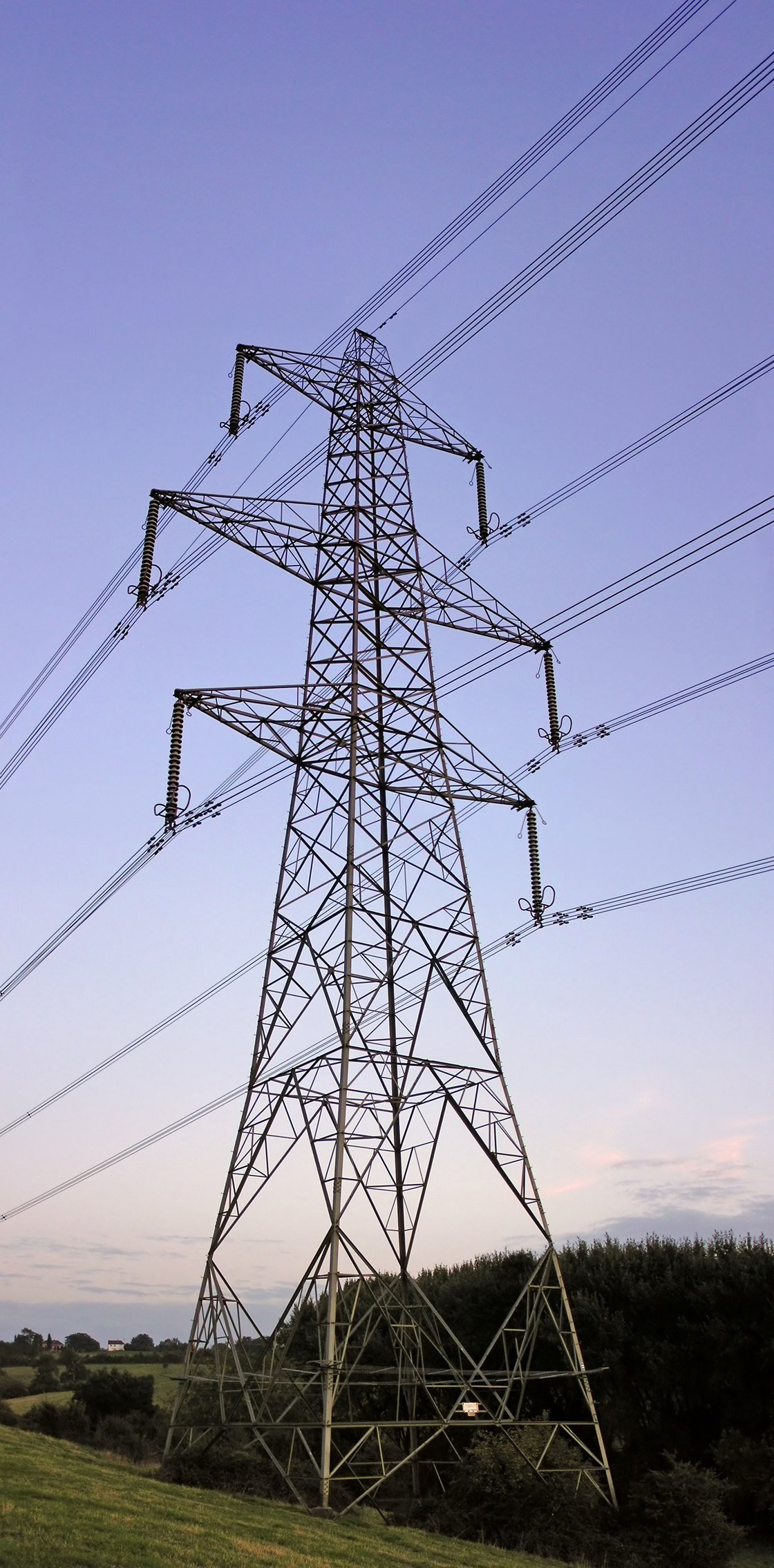Just out of curiosity, what is your definition of "successful"?
Exactly.
That was going to be my question too, before I saw your response.
A successful commercial design doesn't actually dictate an impeccable engineering solution.
We should define successful.


